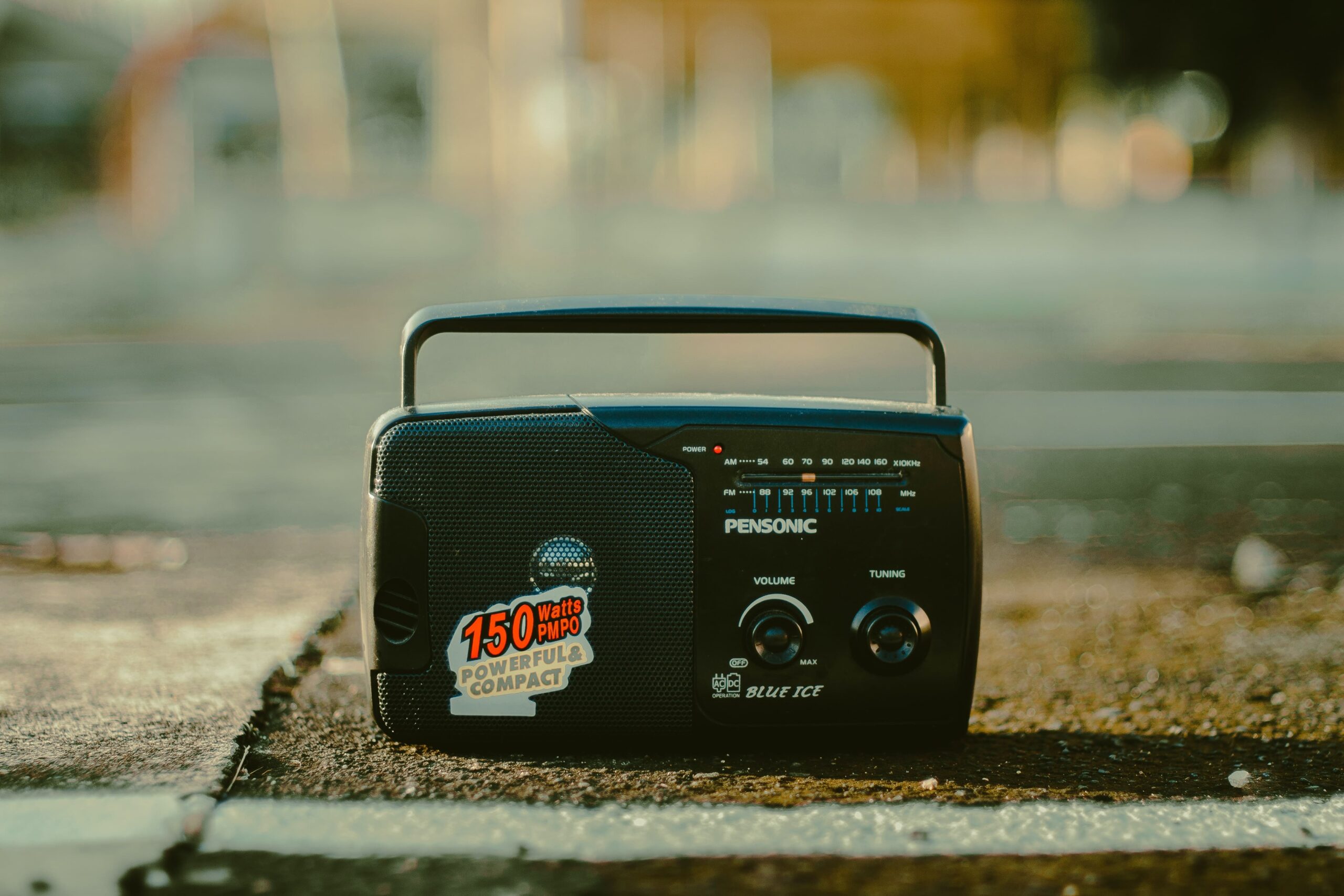
Spotify is investing in technology that converts broadcast audio into podcasts. How does this impact broadcasters’ advertising revenues?
The amount of advertising for digital audio has been rising over the last few years. Advertising companies have been pleasantly receptive to platforms such as Spotify or Acast investing in measurement and attribution devices for the digital world. Projections suggest that ad spending on these platforms will remain for the coming years, and podcast advertising is expected to exceed $2.2bn by 2023.
This presents a chance for dedicated podcast platforms as well as radio broadcasters. Both can continue to benefit from ad spending. In contrast, the podcasting industry continues to grow, and the latter can use its existing digital audio library to expand into the market.
Spotify’s head of podcast publisher collaborations for the UK as well as the Nordics, Chelsea Bradbury, believes that offers a significant potential for broadcasters “With our new podcast-to-broadcast service, we’re giving radio broadcasters to expand their reach existing audience throughout their daily lives and reach out to new audiences, who are younger. We’re also excited to open a new revenue stream for broadcasters by making it simple to allow them to earn money from their podcasts on their own or in conjunction with our Spotify Audience Network.”
In this regard, Spotify has recently announced the integration of the technology of Whooshkaa into the Megaphone advertisement platform. This follows the acquisition of the tool for broadcasting to podcasts in the latter half of 2021. The device is designed to simplify the process of recycling broadcast audio content to a podcast format. The company’s director of business development for advertising and partnerships, Emma Vaughn, explained that the integration was designed to provide broadcasters access to an entirely new revenue stream via Megaphone and their own advertising sales platforms.
Broadcasters like Bauer have made the expansion of podcasting – via their resurfacing of audio programming on platforms for podcasts one of their main priorities over the last couple of years. In January, it was named Lucie Cave as the newly created position of chief creative officer for commercial and podcast content.
She believes that converting audio content into podcasts is crucial, not just for revenue, but to increase their relevance: “Consumers are spending more than ever. This is especially the case especially for young people. This trend will not stop. Traditional broadcast platforms such as FM or DAB+ will remain important. Still, we must remain present to our listeners online to maintain our site and provide useful solutions to our partners.”
Cave did not reply to the Drum’s question regarding the effects of the repurposing or publishing of audio content on the ad pricing strategy of Bauer. However, Bradbury pointed out the following about Spotify: “We don’t see any impact on the pricing of ads currently. We see opportunities to increase scaling and revenue.”
Other radio stations are taking note of the additional earnings that come from transferring their existing audio content to podcast platforms. Global’s exclusive Global Player is a combination of podcast and radio content. BBC Sounds makes its audio content available regardless of where it was initially published.
James Hickman, managing director of Global Player, said: “Creating podcasts based on radio programs is something we’ve tried for quite a while. It’s an easy task and has been well-known and popular among listeners. It’s not just a way to introduce listeners to radio programming; it also brings listeners into radio content. It lets users join the Global Player to explore the vast media available.
“As technology and how people’s lives continue to evolve, We must package content in various ways to meet their preferences. Podcasts are becoming very popular, and a great opportunity exists to improve the experience for the listener by providing an array of different shows.”
Bradbury believes that as a publisher, Megaphone and its broadcast-to-podcast function are set to open new opportunities to earn revenue for various publishers that would have had difficulty monetizing their audio content. “Megaphone is the podcast platform of choice for leading enterprise publishers such as NPR, which we recently announced at our Stream On event in March, and Keep it Light Media, Immediate Media, Reach and many more in the UK.”
In actuality, the majority of radio’s growth in commercial revenue in the last year was attributed to digital platforms, which accounted for 6.9 per cent of the overall increase in ad spending. It indicates that there’s plenty of space for broadcasters of the traditional type to invest in podcasting and audio streaming.
Cave describes that it is for Bauer it has led to an urgent need to invest in the latest digital audio technologies: “We see growth potential in the field of audio-on-demand, as the time spent with audio is increasing in general. We have just announced that Rayo meets the requirements of a digital, on-demand environment. The fact that it also comes as an option for live radio is essential because listeners’ preferences evolve. The app’s first version will be available online; it will soon become the place to connect all of Bauer’s top audio.”
There are still questions about the extent of the audio market will be controlled by platforms. As sleepy giants like YouTube enter the world of podcasts and media like Spotify prepare to expand their content libraries through collaboration with publishers, the percentage of revenue shared between broadcasters and platforms will change and shift. However, for the time being, spending is mainly a result of how hosts use their existing content to create podcasts.
Source:- https://www.thedrum.com/news/2023/04/17/what-does-broadcast-podcast-tech-mean-audio-advertising
